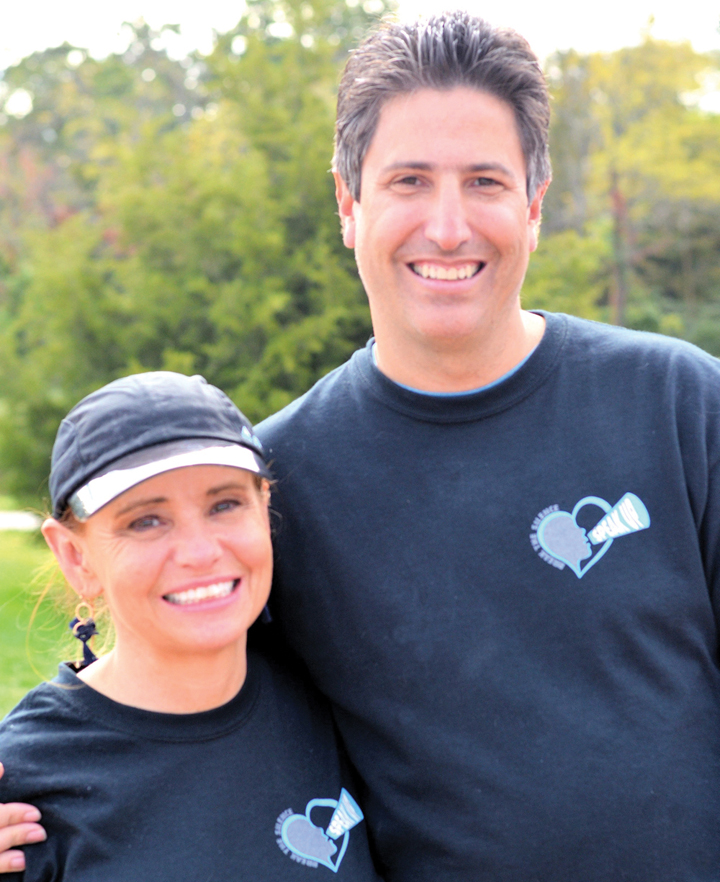
We had a beautiful life. My husband and I are both physicians. Neither of us grew up privileged, and we were living the “American Dream” with a beautiful, brilliant son and daughter and house in the suburbs. But the disease of depression and the scourge of suicide changed all that. Our sweet boy, Jason, took his life at the tender age of 20 after at least eight years of battling this dark beast. His brain kept telling him that he wasn’t enough, that he was burden. He was an Eagle Scout, a National Merit Scholar, a consummate perfectionist and a tender soul. We were able to identify this villain and seek treatment. But his brain was telling him that he wasn’t worth it. And eventually, after years of torment, he believed it.
Too many beautiful young souls are dying by suicide. Jason was always at the head of the class, seemed to accomplish things so easily, but could never recognize the gifts that he was given. The black plague of depression would never even let him feel “average.”
Depression and suicide are on the rise among school-aged children, from middle school on, and the tidal wave of technology inundating their lives seems to be in part responsible for fueling this. It is not clear whether due to the illusion of happiness we see on other people’s social media feeds or the invisible radiation that this technology exposes us to is causing mental health issues to skyrocket.
More than one in 10 high school students today report having attempted suicide and nearly one in six report having seriously considered it. It is an epidemic, and sadly the second leading cause of death in young people aged 10-17. Every day in our nation, there are an average of 3,041 attempts by young people in grades nine-12. We hear about homicides and mass shootings, and have mandating school trainings and “shooter drills,” but suicide prevention is left in the dark. There were 61 percent more gun deaths to suicide annually than homicide in 2010, and more police deaths by suicide than homicide, but these do not garner headlines.
Out of this great sorrow, Steve and I, along with our dear friend Allie Doss, who lost her beautiful Sara at the tender age of 16, banded together to start a nonprofit organization, SPEAK UP. This is an acronym for Suicide Prevention Education and Awareness for Kids, United as Partners. Our goal is to lessen the stigma associated with mental disorders, promote mental wellness and provide school and community education free of charge to prevent suicide. More lives have been lost and sadly, more parents have joined this unfortunate club.
On Sunday morning, Sept. 16, join Steve and I, Allie and hundreds of others at the Garmin Campus in Olathe as we walk together to prevent this tragedy from befalling another family.
The SPEAK UP walk is only 0.3 miles but goes a long way in countering the stigma associated with suicide. We will have an amazing emcee and new mom Abby Eden from WDAF FOX 4 news — who has grappled with depression herself — will be on hand lending her support. Our program will include a teen speaker sharing his personal story. There will be refreshments and mental health organizations providing resource information. But most importantly, we will gather together to fight the common enemy of teen suicide and shed light on the many people, programs and resources to help young people move toward mental wellness
Please join us on Sept. 16; go to SPEAKUP.us to register for the walk or to donate. Your support can help make the difference in a depressed teen’s world and help them move toward a beautiful life.
Karen Arkin is a physician who lost her son Jason when he completed suicide. Through the SPEAK UP Foundation, Karen and her husband Dr. Steve Arkin are working to diminish the soaring teen suicide rate in Kansas City.



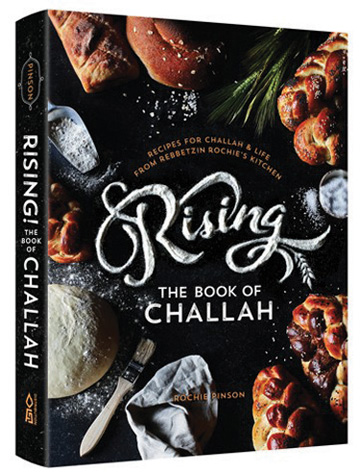
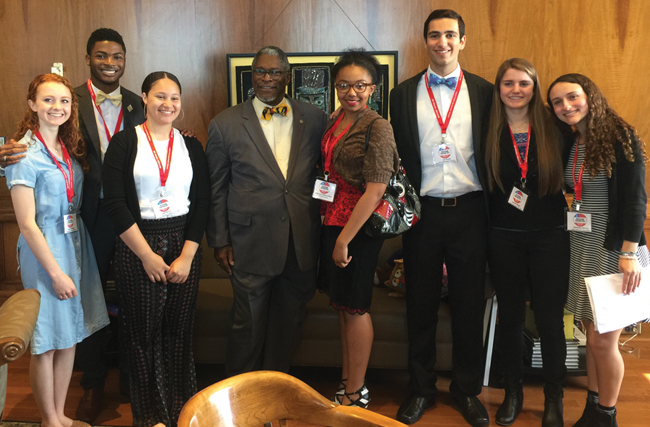
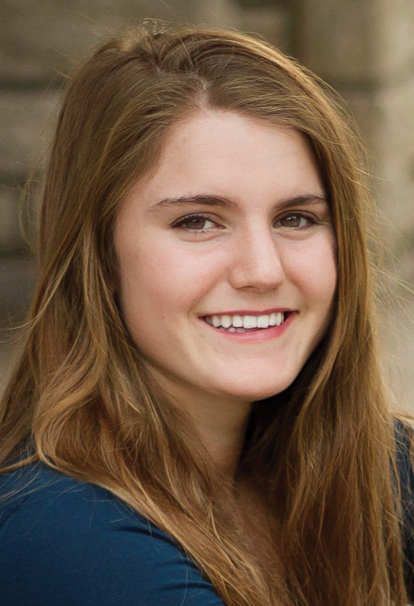 One of the first memories of religious learning I can recall involves “circle time” at the Jewish Day School from which I recently graduated. Before delving into all the intricacies and complexities of our religious heritage, culture and texts, a teacher summarized it all with the story of the great scholar Hillel, who was confronted by a curious stranger who demanded he explain the entire Torah while standing on one foot. His response was simple yet powerful: “Do not treat your neighbor with unkindness. This is the entire Torah, the rest is interpretation. Now go and learn.” (Babylonian Talmud, Tractate Shabbat, Page 31a). Years later, after countless hours studying everything from theology to Jewish tort laws, I still remember that message: my Jewish identity is founded in a religion of love and compassion, and that my individualism is inherently and powerfully intertwined with my relationship to everyone else around me. This aphorism, echoed in nearly every religion, inspires me to fulfill the promise of building bridges of trust, support and empathy with all of my non-Jewish neighbors.
One of the first memories of religious learning I can recall involves “circle time” at the Jewish Day School from which I recently graduated. Before delving into all the intricacies and complexities of our religious heritage, culture and texts, a teacher summarized it all with the story of the great scholar Hillel, who was confronted by a curious stranger who demanded he explain the entire Torah while standing on one foot. His response was simple yet powerful: “Do not treat your neighbor with unkindness. This is the entire Torah, the rest is interpretation. Now go and learn.” (Babylonian Talmud, Tractate Shabbat, Page 31a). Years later, after countless hours studying everything from theology to Jewish tort laws, I still remember that message: my Jewish identity is founded in a religion of love and compassion, and that my individualism is inherently and powerfully intertwined with my relationship to everyone else around me. This aphorism, echoed in nearly every religion, inspires me to fulfill the promise of building bridges of trust, support and empathy with all of my non-Jewish neighbors.
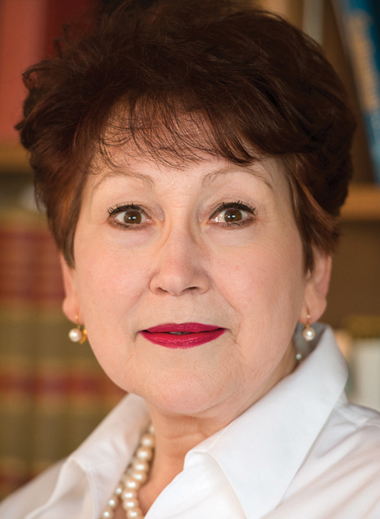 When I was exploring the history of American labor, I read about the life of an extraordinary woman, Pauline Newman, a union organizer. Pauline had an inauspicious start as a child worker. Upon arriving in America, her parents had Pauline placed in a hairbrush factory to work. To avoid detection for breaking child labor laws, the foremen would hide her and the other children in barrels when inspectors came on site. For Pauline hopes for a new beginning, to attend school and to study were dashed from a tender young age.
When I was exploring the history of American labor, I read about the life of an extraordinary woman, Pauline Newman, a union organizer. Pauline had an inauspicious start as a child worker. Upon arriving in America, her parents had Pauline placed in a hairbrush factory to work. To avoid detection for breaking child labor laws, the foremen would hide her and the other children in barrels when inspectors came on site. For Pauline hopes for a new beginning, to attend school and to study were dashed from a tender young age. 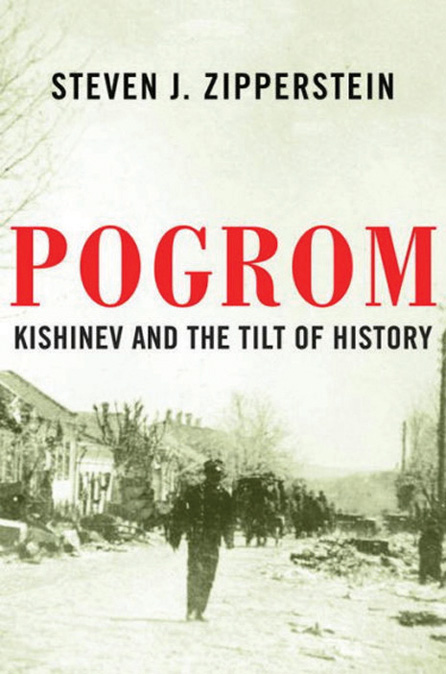 “Pogrom: Kishinev and the Tilt of History” by Steven J. Zipperstein, Liveright Publishing, 2018, 261 pages, $27.95
“Pogrom: Kishinev and the Tilt of History” by Steven J. Zipperstein, Liveright Publishing, 2018, 261 pages, $27.95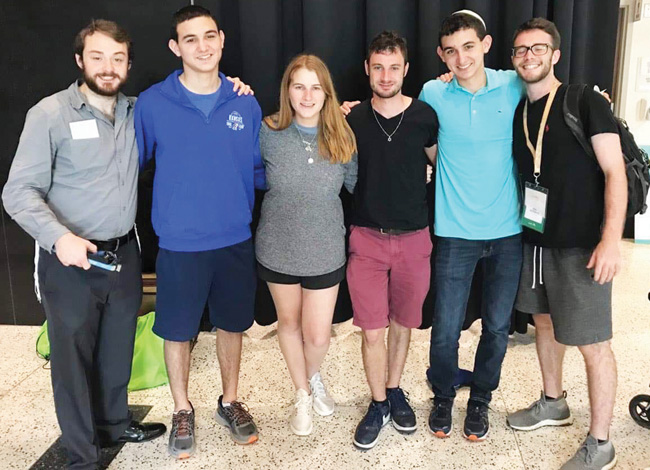
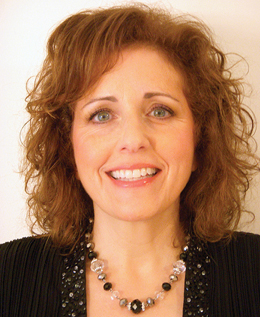 While returning to school has challenges for all students, kids entering middle school tend to face a greater transition. The biggest fear expressed by middle-schoolers is how they will fit in and how to go about navigating cliques in their school. The reality, though, is that cliques exist at every age, and helping teens learn to identify healthy and supportive friends is an important lifelong skill.
While returning to school has challenges for all students, kids entering middle school tend to face a greater transition. The biggest fear expressed by middle-schoolers is how they will fit in and how to go about navigating cliques in their school. The reality, though, is that cliques exist at every age, and helping teens learn to identify healthy and supportive friends is an important lifelong skill.